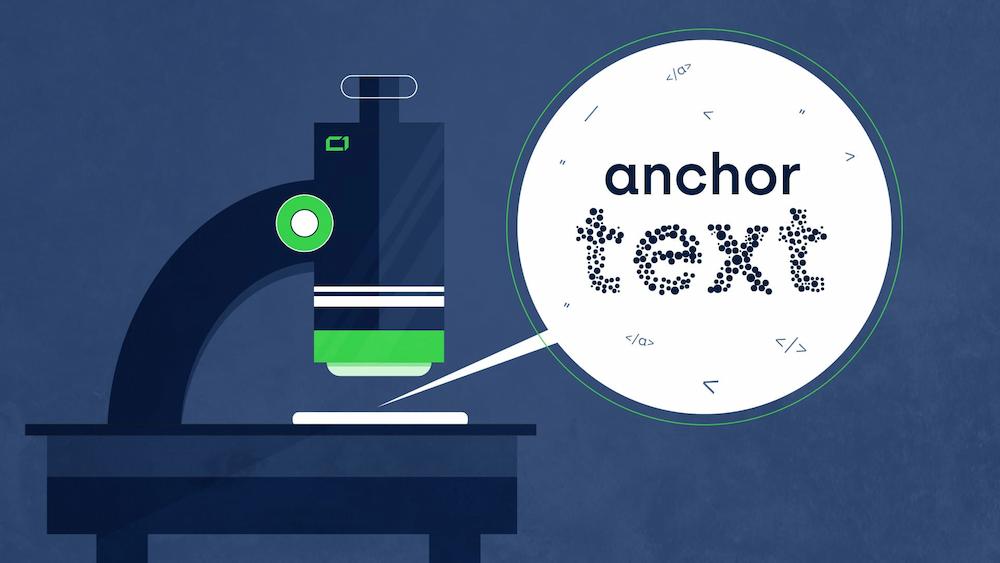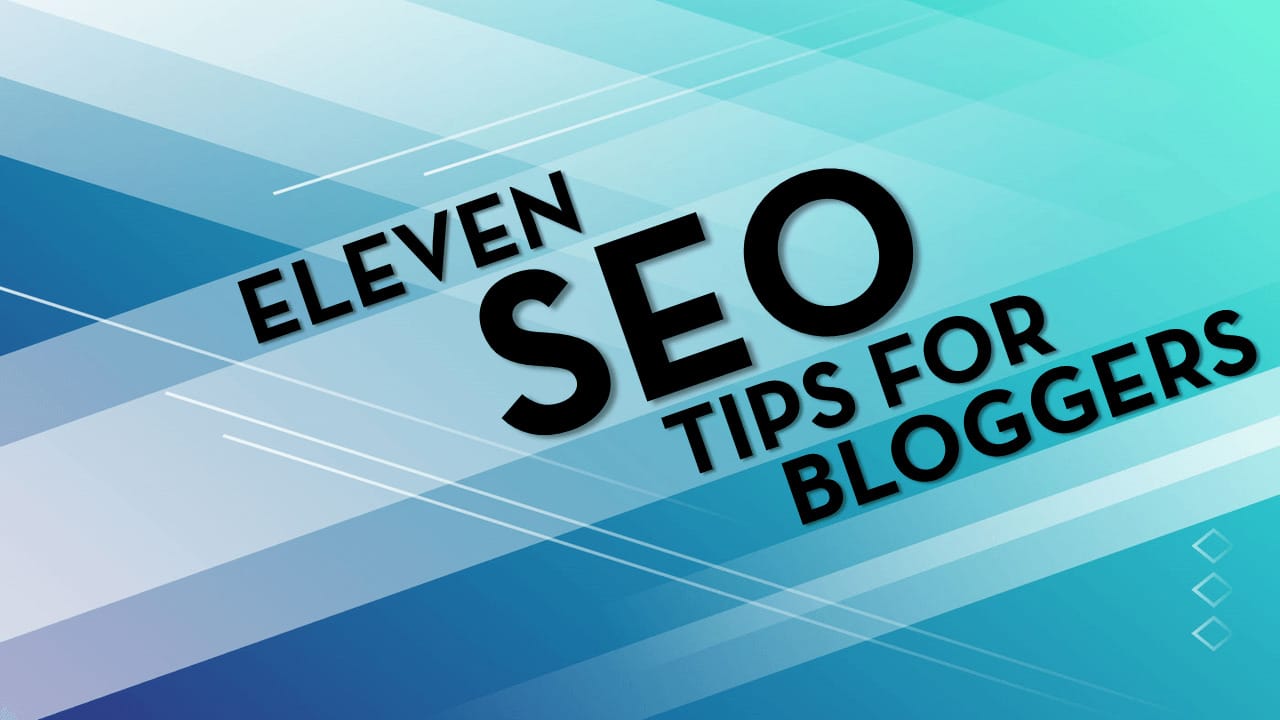Anchor text is the clickable text in a hyperlink. It provides users with information about what they can find on a linked website.
Anchor text is one of the key elements of the web, perhaps even its most recognizable feature. It allows for a seamless reference to an external source, improving the user experience and increasing the range of possibilities of expression for content creators.
After all, naked links (bare URL addresses) are usually not enough for users to deduce the type of content they can expect when they click. Nowadays, imagining any linking with no anchor text feature is difficult to imagine.
In terms of search engine optimization, and especially link building, optimizing anchor text has been one of the basics since the early days of the internet. Using strategies like PBNs, which are now considered dirty, it was possible to create thousands of backlinks and manipulate their anchor text to get the best results.
Why is anchor text important?
Anchor texts are important in search engine optimization because they tell Google robots what the linked website is about. This is additional information for Google about the web page and therefore Google is able to better understand the structure of the site.
If you include a keyword in such an anchor text (but actually related to the linked page), it will inform search engines that the linked page is related to SEO thematically and you will support your rankings on that keyword in search results.
In addition, anchor texts are a quite powerful SEO tool – they’re one of the main indicators taken into account by the search engine algorithm when assessing the quality of links and your backlink profile.
However, do not be fooled – you should only link high-quality and actually related pages to the appropriate anchor texts, so that they are helpful primarily for the user. Since 2012, i.e. from the moment of updating the algorithm (called Penguin), mass linking to one keyword (especially focusing on exact match anchor text only) will not do much. These are black-hat SEO practices, and we strongly advise against using them. If a website manipulates links and its link building strategy is based on a large number of poor-quality backlinks, Google will easily locate this website and impose a “Penguin penalty” which results in a serious decrease in the visibility of the website in the search results.
There is a large anchor text variation that you can use to link to a webpage. They are classified in terms of their relation to the target keyword, for which the web page is optimized.
Let’s get to know the most popular anchor text types first, to further discuss their importance for SEO.
Anchor text types
Exact match anchor text
Exact match anchor is the most straightforward type of anchor text. It contains the target keyword which reflects the website content that it’s linking to. So, for example, my anchor text could be ” crawl budget ” if I wanted to link to Onely’s article “The Ultimate Guide to Crawl Budget.”
Partial match anchor text
Partial match anchor text includes only part of the target keyword. The clickable text here is usually more descriptive and contextual. For example: “learn about the budget” would be a partial match anchor to link to a page about the crawl budget.
Generic anchor text
Generic anchor text does not provide any additional context for search engines or users. It’s usually a call to action (CTA), such as “click here”, “next”, “read more”. Although generic anchor gives no additional information, sometimes it’s the right choice (as long as it’s usable for users).
Naked link anchor text (or URL anchor text)
A naked link contains the URL of the page or its fragments as an anchor text. According to John Mueller’s statement during one of the SEO Office Hours, Google treats naked links secondarily, and they don’t give Google any additional context:
So we can take this into account as a link but we can’t really use that anchor text for anything in particular. So from that point of view it’s a normal link but we don’t have any context there.
Branded anchor text
The branded anchor is a brand’s name solely, or the clickable text includes brand’s name among other words. For example, if I wanted to use branded text to link to Onely’s website, I would use an anchor: Onely or technical SEO services by Onely.
Image anchor text
You can also use images as links. In that case, the anchor text is the image’s alt text. It’s worth mentioning that image anchor texts do not pass as much link juice and context as a text link does, so we wouldn’t recommend relying your internal linking or external links on these anchors solely.

Best practice for anchor text optimization
The general influence of anchor text and backlinks on Google rankings has fluctuated in the past and is now considered to be lower than before. However, we do know, that anchor texts are very helpful to Google:
Since there’s no official “best anchor text ratio” or “best anchor text profile” SEOs have to refer to Google documentation for guidance. Their article on link text gives some essential advice on what a suitable anchor text should be.
To put it briefly, good anchor text is:
- descriptive – users and search engines can get a basic idea of what the linked page’s content is about
- concise – the anchor text should include a few words (again, context) and optionally a target keyword (if it’s relevant)
- easy to spot – anchor links should be distinguished from the rest of the main text (underlined/highlighted – as we mentioned in the beginning).
Also, remember not to overdo text links with keyword rich anchor text. You can use them obviously, however, don’t aim to put keywords in every anchor you can.
For more details on each of these points see Google’s Starter Guide.
Which anchor text type should you use?
In the past, many gray- or black-hat SEO strategies were used with anchor text, and they boasted significant results.
Nowadays, the SEO community is full of contradictory opinions on the efficiency of one type of anchor text over the other. People who want to play by the rules avoid over-optimizing anchor text. Meanwhile, some SEOs suggest using percentage-based systems of implementing anchor text types which are supposed to grant a significant ranking boost.
As a website owner, you don’t usually have complete control over the anchor text used for backlinks to your domain anyway. One exception to this is when you are guest-posting, which is a rare occurrence anyway.
Yes, you should keep your anchor text informative whenever possible, just as the Google Developers documentation suggests. The thing is, it looks like it doesn’t matter which anchor type you go with.
Take a look at this anchor text research article from ahrefs.com, which they released in February 2019. The author wondered if there are any correlations between SERP rankings and anchor types, as well as the annotation text (as Google calls it) used by the best-ranking websites. The scope of his research was awe-inspiring, with as many as 384,614 top-ranking websites analyzed!
Ahrefs divided their experiment into two separate studies.
The first study that Ahrefs did was designed to see if using a particular anchor text type has any effect on the SERP position. They found that the correlation was very weak and, in some cases, effectively non-existent!
The second one looked into the influence of surrounding link text on the search results. Their findings? There is effectively no correlation with the search results position for any type of keyword in the surrounding link text.
The other point (and Ahrefs mentions it too) is that it is virtually impossible to have a page that you want to rank only for one particular keyword. Any compelling content naturally ranks for many keywords as it explores the topic profoundly and from various viewpoints.
If you still have any questions about optimizing anchor texts, don’t hesitate to ask Onely’s technical SEO experts.
Is the surrounding text a factor in anchor text optimization?
In the past, Google has considered using the text surrounding a link for rating the resource’s relevance. Their “ Ranking based on reference contexts ” patent, filed in 2004, describes a system which “analyzes a portion of the first document associated with the reference, identifies a rare word (or words) from the portion, creates a context identifier based on the rare word(s), and ranks the second document based on the context identifier.”
To simplify, Google was tinkering with a system that would recognize what a link placed in a text file is pointing to, based on the text surrounding that link.
However, Google never addressed whether or not their algorithm is, in fact, using surrounding text to evaluate links. And testing it is more and more difficult as the search engine is getting better at assessing the entirety of a page’s content.
Because of that, the only piece of advice that we can refer to is what can be found in the Google documentation: use anchor text that directly corresponds to what the linked page is about.
Wrapping up
Anchor text optimization can be quite a powerful SEO tool. If you are building links, it’s good to know all the available anchor text types and their guidelines. As with many aspects of the internet, search engines promote relevant and descriptive anchor text that adds value to the user experience, regardless of which type you go with. Thorough using of anchor texts in internal linking can be very helpful for search engines to better understand your web page structure.
Links exist to point to relevant, external resources, and anchor text helps to identify them. But, as users, we don’t want to see spammy links that unnecessarily draw our attention.
In the long term, natural anchor text and serving the visitors’ needs is the best approach to maintaining a healthy website.

Hi! I’m Bartosz, founder and Head of SEO @ Onely. Thank you for trusting us with your valuable time and I hope that you found the answers to your questions in this blogpost.
In case you are still wondering how to exactly move forward with fixing your website Technical SEO – check out our services page and schedule a free discovery call where we will do all the heavylifting for you.
Hope to talk to you soon!








